
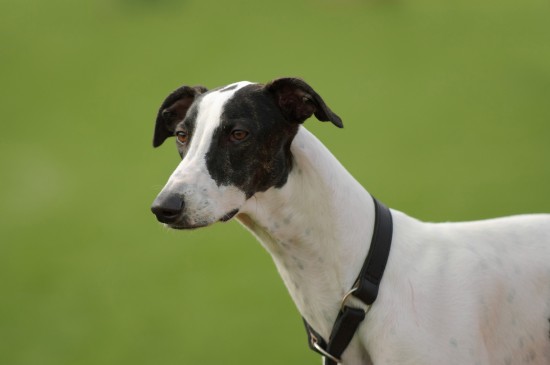
Despite the fall in popularity of Greyhound racing within the UK over the last couple of decades, Greyhound racing is still big business. There are twenty five registered Greyhound racing stadiums in the UK, and another nine independent and unaffiliated stadiums, all contributing to an industry that is estimated to be worth £1.7 billion.
Greyhound racing within the UK and the welfare of racing dogs and ex racing dogs is regulated by the Greyhound Board of Great Britain (GBGB), which sets the care and welfare standards required of dog racing tracks, trainers and breeders, and monitors and inspects their premises and the welfare of the dogs in question. However, many people involved in Greyhound welfare and advocacy for dogs in general feel that the GBGB does not go far enough, have enough powers or resources, or place enough onus on the welfare of the dogs used for racing, and that the organisation fails the dogs in terms of protecting them from abuse and keeping them safe.
Greyhound racing is a tough sport for the dogs involved, which are viewed as profitable commodities by the people who train, breed and race them. There is no place in the racing environment for dogs that do not make the grade, or that have become injured or too old to race. Every year, thousands of ex racing Greyhounds are in need of homes, as the surplus of unsuitable dogs outweighs the amount of breeders, trainers and racing employees who are willing to care for the dogs that worked for them in their old age.
The average age at which a racing Greyhound is retired is between four and six for successful dogs, or as young as one for dogs that become injured or prove unsuitable for racing. These dogs all have long lives ahead of them after their racing careers are finished, but often, no one willing to provide for it.
With this significant excess of retired and unsuitable racing dogs, comes one of the dark sides of Greyhound racing- what the industry or individual dog owners do with dogs that are no longer of value to them. While many Greyhound owners and trainers love their dogs and care for them for the duration of their lives even after racing, the industry also has a very dark side, which should be of concern to all dog lovers.
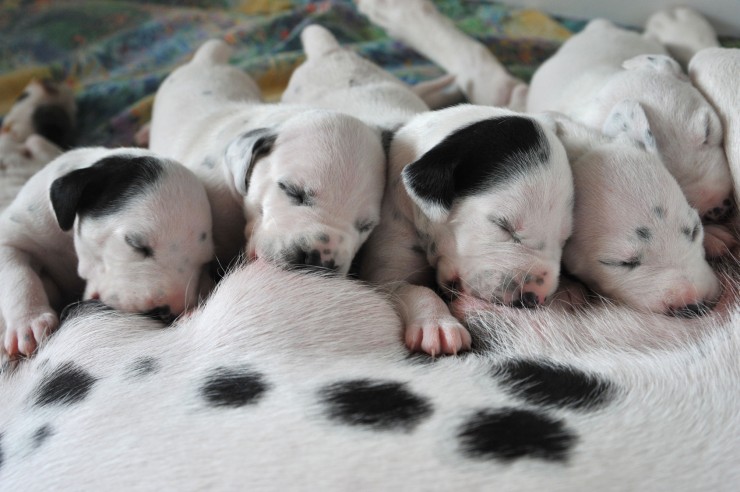 Assessing The Potential Buyers Of Your Pedigree Puppies
Assessing The Potential Buyers Of Your Pedigree Puppies
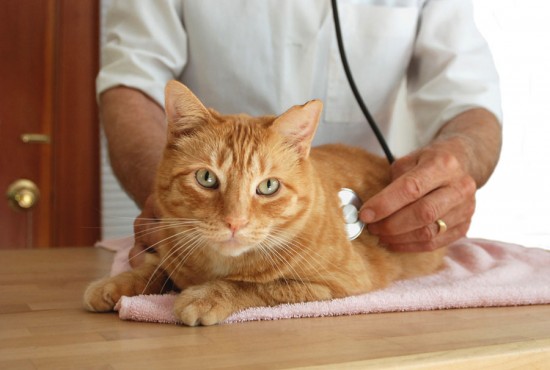 Dealing With Felv (feline Leukaemia Virus) In Cats
Dealing With Felv (feline Leukaemia Virus) In Cats
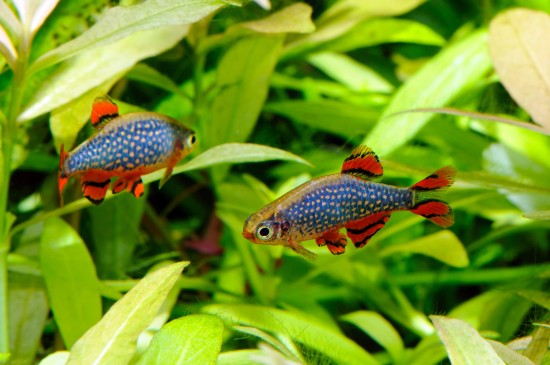 How To Introduce New Fish Into A Tropical Fish Tank
How To Introduce New Fish Into A Tropical Fish Tank
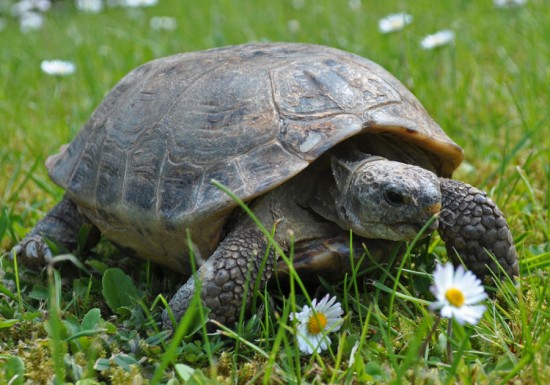 Pet Insurance For Exotic Pets
Pet Insurance For Exotic Pets
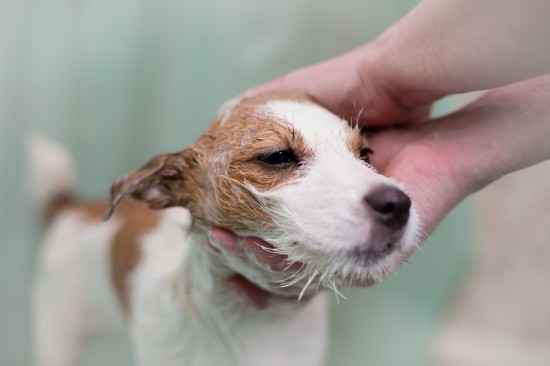 How To Cope With Dogs Suffering With Malassezia Dermatitis
How To Cope With Dogs Suffering With Malassezia Dermatitis
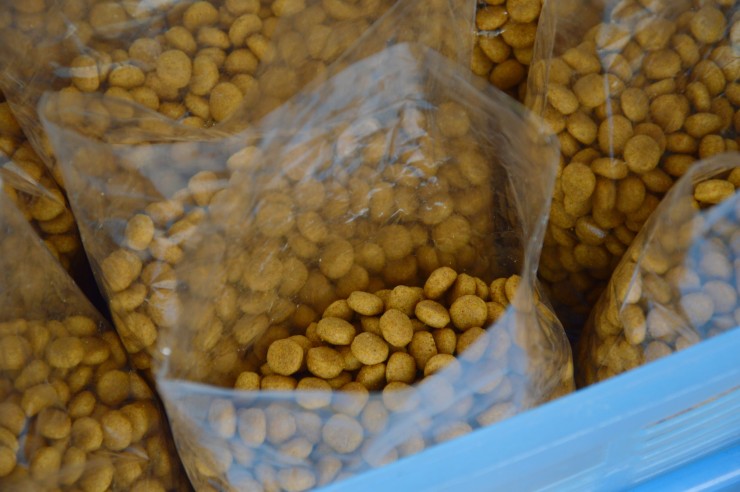 Storing And Serving Your Dog’s Food - Seven Pitfalls To Avoid
Storing And Serving Your Dog’s Food - Seven Pitfalls To Avoid
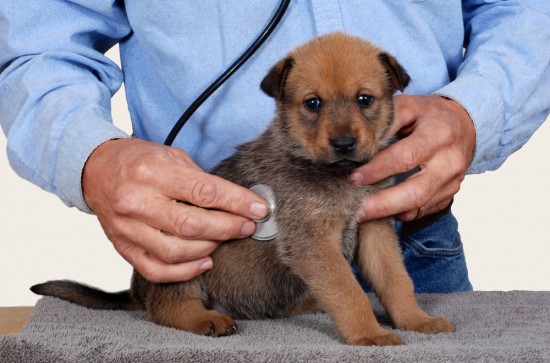 Kennel Cough - Symptoms, Treatment And Vaccine
Kennel Cough - Sy
Kennel Cough - Symptoms, Treatment And Vaccine
Kennel Cough - Sy
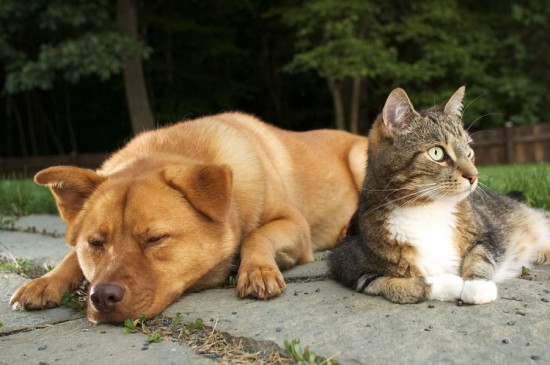 Calming Aids For Cats And Dogs
Calming Aids For
Calming Aids For Cats And Dogs
Calming Aids For
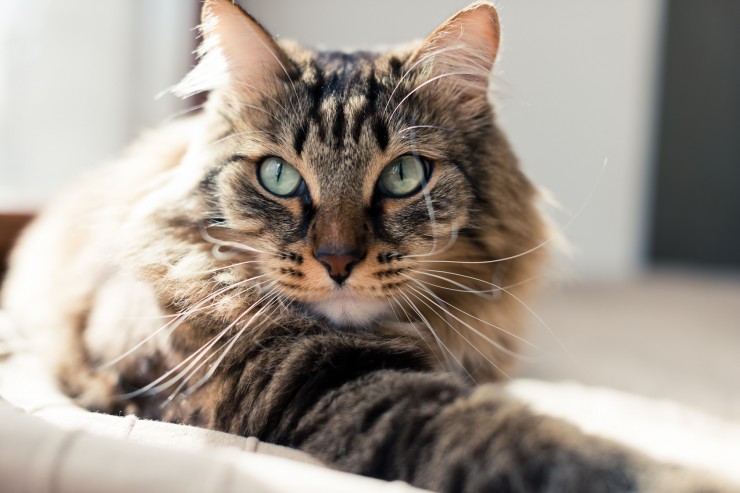 Cats And Allergies
Cats And Allergie
Cats And Allergies
Cats And Allergie
 Cat and Dog Boarding Winnipeg - For Better Care and Grooming
Cat and Dog Boarding Winnipeg - For Better Care and Groomi
Cat and Dog Boarding Winnipeg - For Better Care and Grooming
Cat and Dog Boarding Winnipeg - For Better Care and Groomi
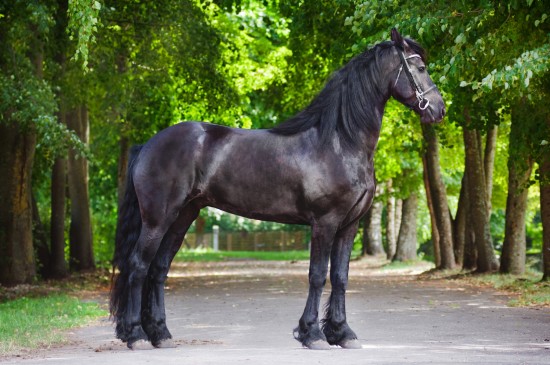 Breeds Of Carriage Horse And Pony
Breeds Of Carriag
Breeds Of Carriage Horse And Pony
Breeds Of Carriag
Copyright © 2005-2016 Pet Information All Rights Reserved
Contact us: www162date@outlook.com